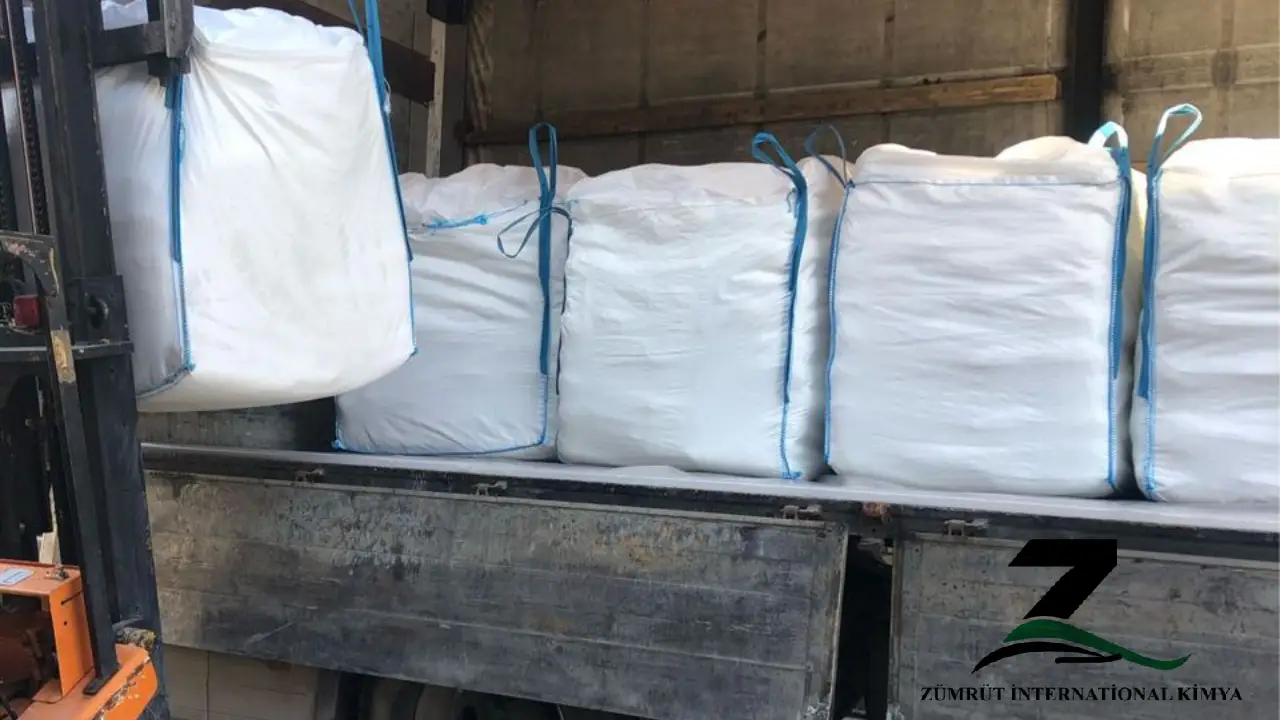
- The Role of Caustic Soda Flake in Ceramics Industry
- The Role of Caustic Soda Flakes in Ceramics Production
- Enhancing the Plasticity of Ceramic Clay
- Adjusting pH in ceramic glaze application using caustic soda
- Precautions When Handling Caustic Soda
- Advantages of Using Caustic Soda for pH Adjustment
- Contributing to Environmental Sustainability
- Impact on Final Product Quality if Misused
The Role of Caustic Soda Flake in Ceramics Industry
Caustic soda, scientifically known as sodium hydroxide (NaOH), is a crucial and widely used chemical in various industries. Due to its alkaline solid properties and high solubility, it plays a vital role in multiple production processes. One of the industries where caustic soda is extensively used is the ceramics industry. In this industry, caustic soda not only enhances the quality of products but also optimizes production processes. This article explores Caustic Soda Flakes Uses in Ceramics industry and explains why it is so important. Join us as we delve into the essential role of this chemical in ceramics manufacturing.
The Role of Caustic Soda Flakes in Ceramics Production
Sodium hydroxide is used in ceramics production as an alkaline agent that helps purify raw materials, improve the plasticity of ceramic clay, and regulate the pH of glazes. Additionally, it accelerates the drying process and enhances the quality and durability of the final products.
Preparation and Purification of Raw Materials
In the ceramics industry, the quality of raw materials directly affects the quality of the final products. Clays and other ceramic raw materials often contain mineral impurities that can negatively impact the production process and the final product quality. Caustic soda, being a potent alkaline agent, is used in the washing and purification of raw materials. It helps remove impurities such as metal oxides and organic matter. This initial purification ensures that the raw materials enter the subsequent production stages with higher purity and better quality, ultimately leading to the production of high-quality ceramics.
Enhancing the Plasticity of Ceramic Clay
One of the most crucial steps in ceramics production is the preparation of ceramic clay, which needs to have sufficient plasticity to be easily shaped. Caustic soda acts as an additive in this stage, improving the plasticity of the ceramic clay. Improved plasticity means that the clay can be molded under pressure without breaking, taking on the desired form. This feature is particularly vital in the production of items that require precision and fine detail in shaping.
Adjusting pH in ceramic glaze application using caustic soda
The pH level in ceramic glazes significantly influences their stability, workability, and the final finish after firing. Caustic soda (sodium hydroxide, NaOH) is commonly used to adjust the pH during glaze preparation, particularly when an increase in alkalinity is needed. Here’s a guide to using caustic soda for pH regulation in glaze applications.
Why Adjust pH in Ceramic Glazes?
- Stabilizing the Suspension:
A balanced pH ensures that glaze particles remain evenly dispersed in the liquid medium.
This prevents settling or clumping, leading to a smoother application. - Controlling Viscosity:
The right pH optimizes the flow and thickness of the glaze, making it easier to apply through brushing, dipping, or spraying. - Improving Surface Adhesion:
A correct pH enhances the glaze’s ability to adhere to the ceramic surface, reducing defects like crawling or pinholes. - Enhancing the Firing Result:
Proper pH regulation ensures that the glaze melts and reacts predictably in the kiln, yielding consistent textures and colors.
How Caustic Soda Adjusts pH in Glazes
Caustic soda, a strong base, increases the pH of acidic glaze suspensions, making them more alkaline. This is often necessary to:
- Promote deflocculation in slip-based glazes for better flow and consistency.
- Stabilize glazes that contain acidic components or additives.
Steps for Using Caustic Soda in Glaze Adjustment
- Prepare a Diluted Caustic Soda Solution:
Dissolve a small amount of caustic soda flakes in water to create a dilute solution.
Always add caustic soda to water (not the other way around) to avoid exothermic reactions. - Test the Initial pH:
Use a pH meter or test strips to measure the current pH of the glaze suspension. - Add Caustic Soda Gradually:
Add the diluted caustic soda solution in small increments to the glaze while stirring continuously.
Avoid adding flakes directly, as they may not dissolve evenly. - Monitor the pH:
Check the pH after each addition until the desired range (typically 7 to 10) is achieved. - Mix Thoroughly:
Ensure the solution is evenly mixed to avoid localized variations in pH. - Test Application and Stability:
Apply a sample of the adjusted glaze to a test piece to verify its flow, adhesion, and drying properties.
Precautions When Handling Caustic Soda
- Wear protective gear (gloves, goggles, and aprons) as caustic soda is highly corrosive.
- Use in a well-ventilated area to avoid inhaling fumes.
- Store caustic soda in a dry, cool place away from acids and moisture.
Advantages of Using Caustic Soda for pH Adjustment
- Efficiency:
– Rapidly increases pH, making it effective for immediate adjustments. - Cost-Effective:
– Economical and widely available for industrial use. - Versatility:
– Suitable for a wide range of ceramic glaze formulations.

Improving Durability and Resistance of Ceramic Products
Another critical Caustic Soda Flakes Uses in Ceramics industry is its impact on increasing the durability and resistance of the final products. By using caustic soda in the raw material mix, more muscular crystalline structures can be formed in the final products. This leads to enhanced mechanical, thermal, and chemical resistance in the ceramics. Ceramics produced with caustic soda have more excellent resistance to thermal shocks and wear, resulting in a longer lifespan.
Contributing to Environmental Sustainability
While the ceramics industry is often seen as resource-intensive due to the use of mineral materials and energy-intensive production processes, the use of caustic soda can help mitigate environmental impacts. This chemical acts as a powerful cleaner and purifier, which can effectively reduce pollution from ceramics production. Additionally, caustic soda is recyclable and can be reused in various processes, contributing to waste reduction and increased environmental sustainability.
Safety Precautions in Working with Caustic Soda
Due to its alkaline solid properties, caustic soda requires specific safety precautions. This chemical can cause harm to the skin, eyes, and respiratory system. Therefore, when using caustic soda in ceramics production processes, appropriate protective equipment such as resistant gloves, safety goggles, and protective clothing must be used. Additionally, having adequate ventilation systems and safety equipment like emergency showers and eye wash stations in the workplace is essential.
Impact on Final Product Quality if Misused
While caustic soda flakes contributes to improving the quality of ceramic products, improper use can have the opposite effect. For example, adding too much caustic soda can excessively increase the alkalinity of the ceramic clay, which may lead to problems such as surface cracks or unwanted changes in glaze color. Therefore, precise control of the amount of caustic soda at each stage of production is crucial.
F A Qs
How does caustic soda flakes improve the plasticity of ceramic clay?
Caustic soda enhances the plasticity of ceramic clay, making the molding and shaping process more accessible and helping to produce items with high precision and detail.
Does using caustic soda flskes in the ceramics industry reduce production costs?
Yes, sodium hydroxide speeds up the drying process and improves the quality of final products, contributing to reduced production costs and increased efficiency.
What safety precautions should be taken when using caustic soda flakes in the ceramics industry?
It is essential to use protective equipment such as gloves, safety goggles, and protective clothing when working with caustic soda. Proper ventilation systems and safety equipment should also be available in the workplace.


